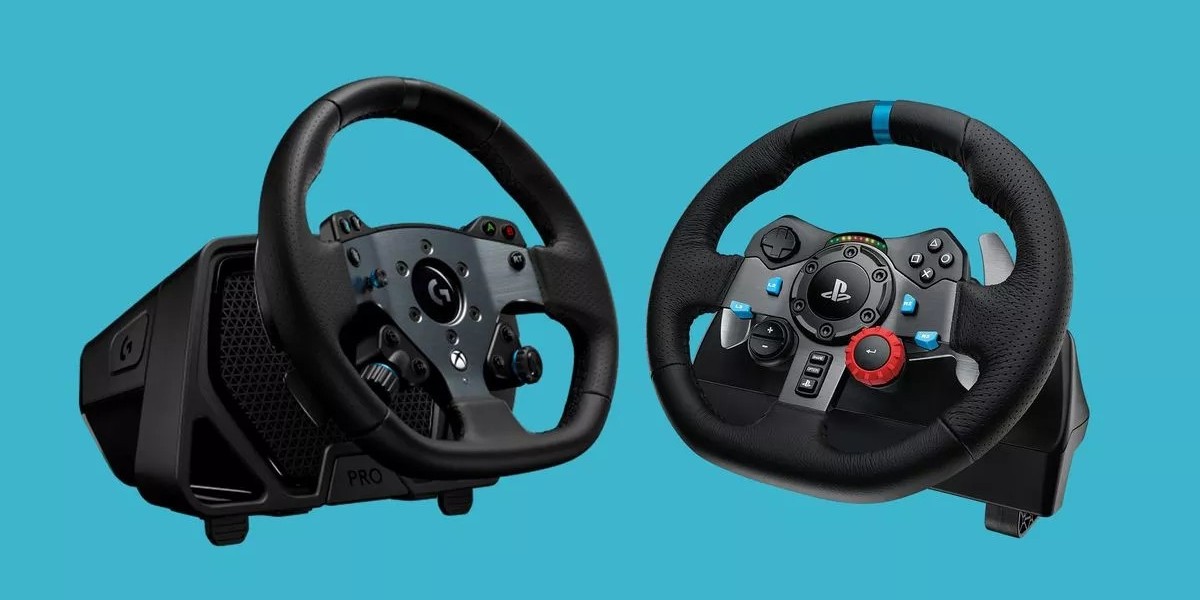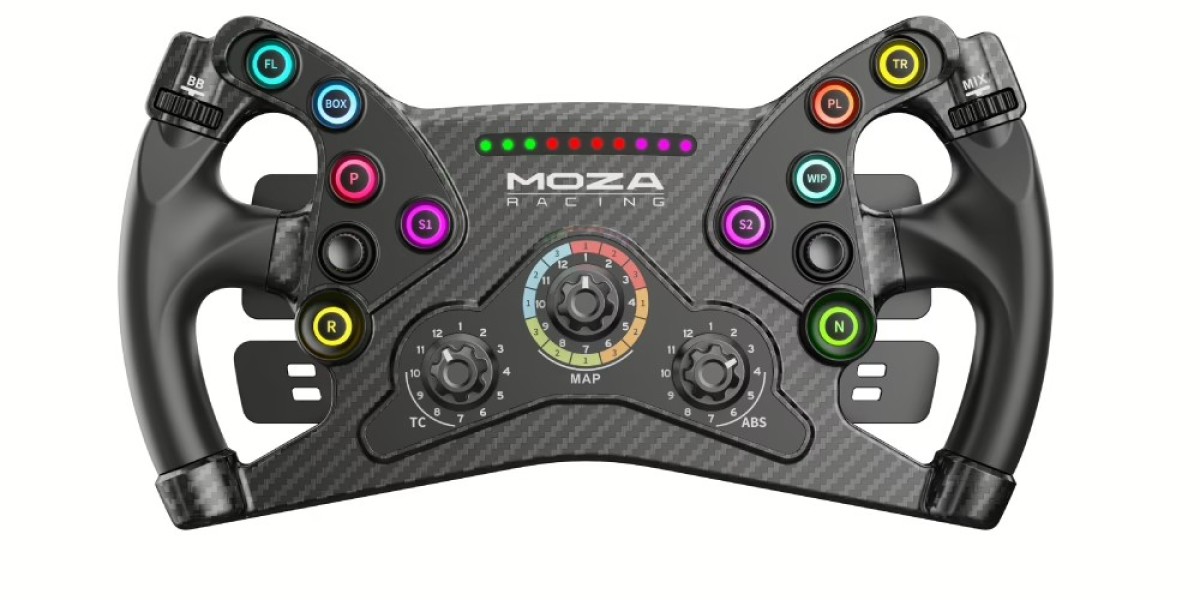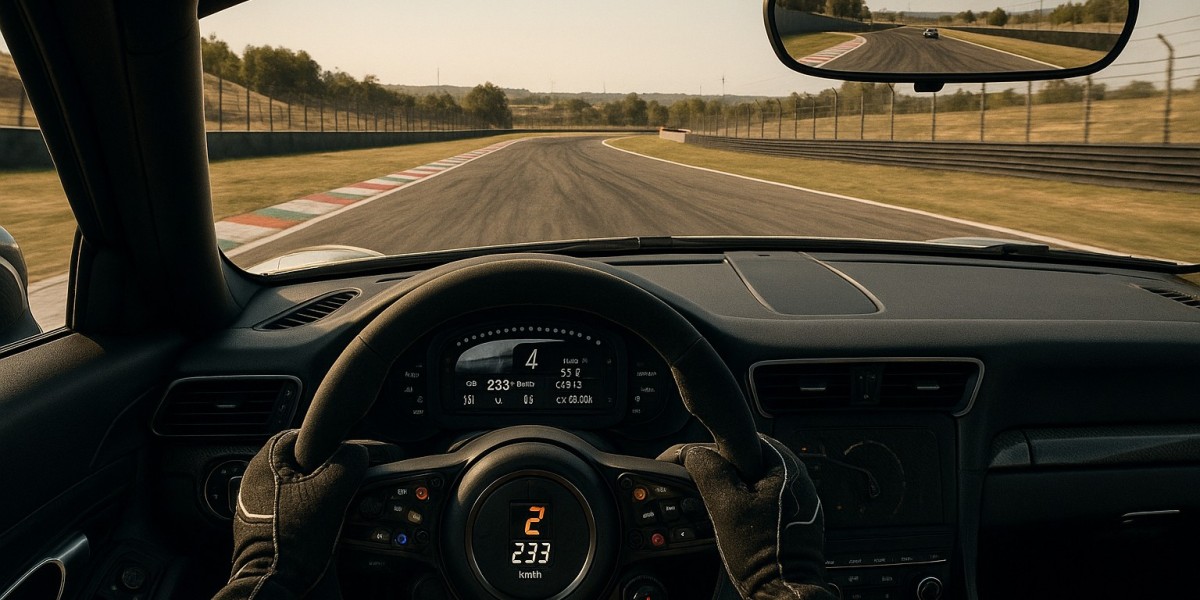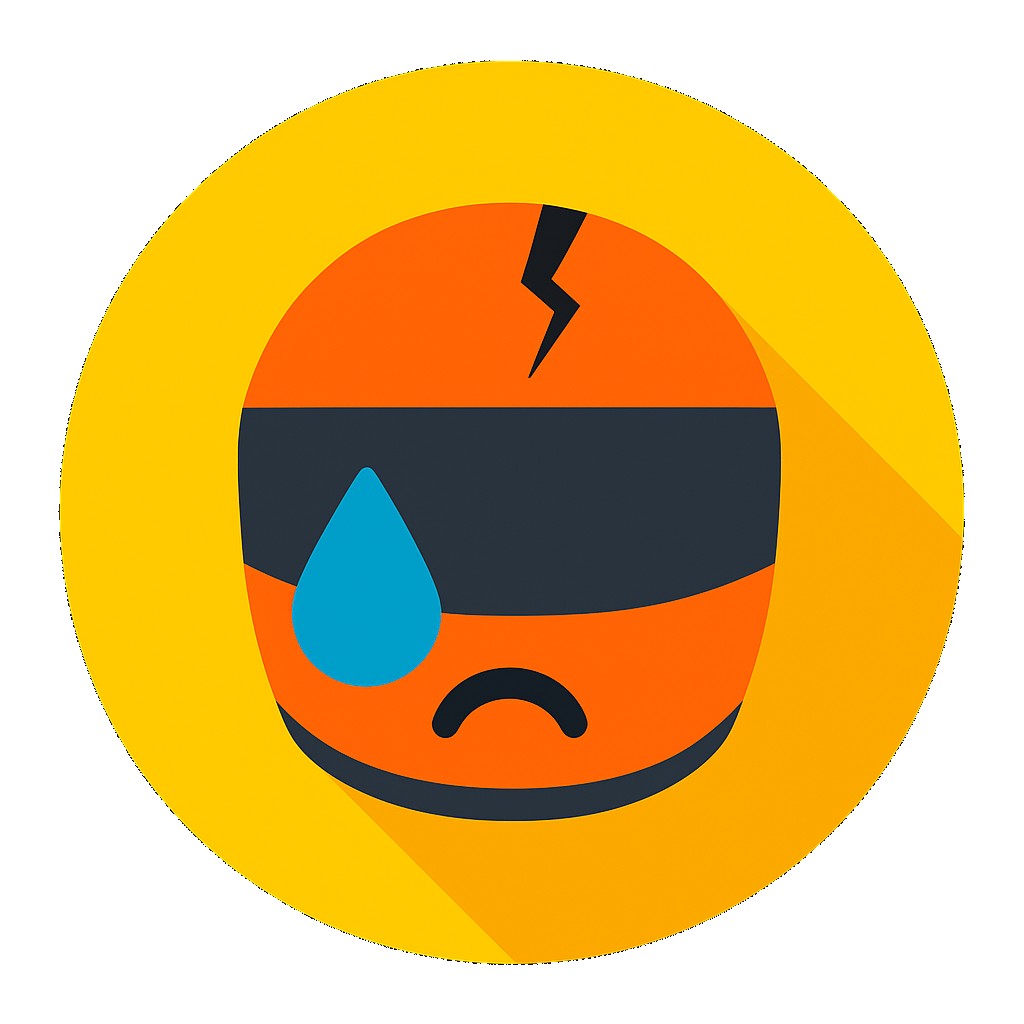Confused Between Direct Drive and Belt-Driven Wheels for Your Sim Racing Setup? This Guide Breaks Down the Pros, Cons, and Performance Differences to Help You Pick the Right Gear for Your Budget and Driving Style
As the world of sim racing continues to grow in popularity, so does the complexity of choosing the right equipment for your setup. Among the most significant decisions you'll make is whether to opt for a direct drive or a belt-driven wheel. These two types of force feedback systems vary widely in terms of performance, feel, price, and suitability for different racing styles. This guide will help you understand the fundamental differences, allowing you to make an informed decision suited to your specific needs.
Understanding Sim Racing Wheels
Before we delve into direct drive and belt-driven wheels, it’s essential to grasp the basic mechanics behind sim racing wheels. These wheels simulate the feel of driving an actual car by providing feedback based on the on-screen experience. The two primary methods of feedback are:
- Direct Drive: The wheel is directly attached to the motor, offering more precise and powerful feedback.
- Belt-Driven: The wheel uses a belt and pulley system to transmit the force from the motor to the wheel, resulting in a different feel and level of feedback.
Pros and Cons of Direct Drive Wheels
Advantages of Direct Drive Wheels
- Superior Force Feedback: Direct drive wheels provide a more accurate and realistic representation of forces encountered while racing. They can mimic the weight and sensation of real-world driving.
- High Torque: These wheels offer significantly higher torque levels, allowing for stronger force feedback during intense racing sessions.
- Low Latency: With a direct connection to the motor, the response is instantaneous, making it easier for you to react in high-pressure situations.
- Customization: Many direct drive wheels come with the opportunity for customization, including changing the settings for a personalized driving experience.
Disadvantages of Direct Drive Wheels
- Cost: Direct drive wheel systems are typically pricier, often starting around $700 and going well beyond $3000 for premium models.
- Space Requirements: These systems tend to be larger and heavier, necessitating a solid rig to accommodate the setup.
- Potential for Overwhelming Feedback: The high torque can sometimes be overwhelming, especially for beginners who may not be used to such responsiveness.
Pros and Cons of Belt-Driven Wheels
Advantages of Belt-Driven Wheels
- Affordability: Belt-driven wheels are generally more budget-friendly, with good quality options available starting around $100.
- Widespread Availability: With numerous models on the market, it’s easier to find one that suits your personal preferences and budget constraints.
- Smoother Operation: The belt system tends to offer smoother feedback, which can be more forgiving for newer users.
Disadvantages of Belt-Driven Wheels
- Less Torque: While still effective, belt-driven wheels generally provide lower torque compared to direct drive systems, which can impact the realism of feedback.
- Increased Latency: The belt and pulley mechanism can introduce some lag, making the feedback feel less immediate than in direct drive systems.
- Reduced Customization Options: Most entry-level and mid-range belt-driven wheels offer limited customization, restricting the user experience.
Performance Differences: Direct Drive vs. Belt-Driven Wheels
Feedback Precision
When it comes to feedback precision, direct drive wheels shine. Their motors directly control the wheel, providing real-time feedback based on your movements and actions on the game. Conversely, belt-driven systems introduce slight delays and a less direct feel, which can affect performance during competitive racing.
Force Feedback Strength
Direct drive wheels excel in this area, delivering much higher force feedback levels. If you race on a variety of tracks, especially those with sharp turns, this strength will benefit your overall performance. On the other hand, belt-driven wheels may suffice for casual racers but could leave competitive players wanting more.
Durability and Longevity
Both systems can be durable, but direct drive wheels typically have a longer lifespan. The absence of belts means that there are fewer moving parts at risk of wear and tear. Belt-driven wheels, while less expensive to replace, may require repairs or replacements of belts over time.
Choosing the Right Wheel for Your Budget and Driving Style
If You're a Beginner
For novice sim racers, a belt-driven wheel is often the most accessible choice. They offer a good balance between affordability and functionality, allowing beginners to acclimate to the world of sim racing without breaking the bank.
If You're a Casual Racer
If you’re not racing at a high level but still want an enjoyable experience, belt-driven wheels again make the most sense. They offer sufficient feedback for racing games while being easy to set up and use.
If You're a Serious Competitor
For avid sim racers and competitive players, investing in a direct drive wheel will undoubtedly elevate the experience. The enhanced force feedback, precision, and customization options make these systems well worth the investment.
Frequently Asked Questions (FAQ)
1. Can I upgrade from a belt-driven to a direct drive wheel later?
Absolutely! Many sim racers start with a belt-driven wheel and upgrade as they become more serious about the competitive aspect of sim racing.
2. Do I need a special rig for a direct drive wheel?
Yes, due to their weight and size, direct drive wheels often require a solid and stable racing rig to prevent unwanted movement during use.
3. Is maintenance different for each type of wheel?
Direct drive wheels generally require less maintenance than belt-driven systems, where belts might need to be replaced or adjusted over time.
4. Are there hybrid options between direct drive and belt-driven wheels?
Some manufacturers offer hybrid systems that combine elements of both technologies. These are worth exploring if you want the benefits of both systems.
5. Is force feedback really that important for sim racing?
Yes, force feedback in sim racing is crucial as it helps simulate real-world driving conditions, thereby improving your racing skills and overall experience.
Conclusion
Determining whether a direct drive or belt-driven wheel is better for your sim racing setup ultimately depends on your budget, experience level, and driving style. Direct drive wheels provide unmatched performance and precision, making them ideal for serious racers, while belt-driven wheels remain an excellent option for those starting out or looking for a more affordable entry into sim racing. Weighing the pros and cons of each system will help you make the best choice for your racing journey. Remember, in the world of sim racing, the right gear can make a significant difference in performance, enjoyment, and skill development!









